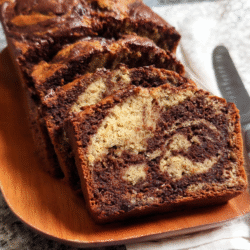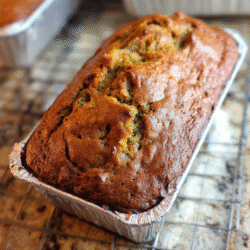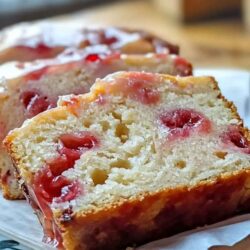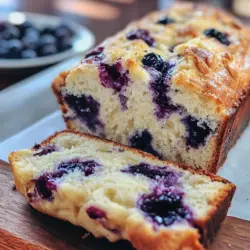WANT TO SAVE THIS RECIPE?

Rustic, chewy, and full of flavor—with just four simple ingredients.
There’s something deeply satisfying about baking your own bread. The smell, the crackle of the crust, that first warm bite—it’s a small kind of magic. And when it comes to rustic, crusty loaves, ciabatta bread is one of the most rewarding to make at home.
With its chewy, airy texture and flour-dusted crust, ciabatta is the kind of bread that feels artisan—even though it only calls for four ingredients. You don’t need special skills or complicated equipment to make it. Just patience, a little time, and a willingness to get your hands slightly messy.
If you’ve only ever had store-bought ciabatta, you’re in for a treat. This homemade version has a deeper flavor, a better texture, and that signature golden crust you just can’t fake.
What Makes Ciabatta Unique?
Ciabatta means “slipper” in Italian, and it gets its name from its flat, slightly irregular shape. Unlike sandwich bread, ciabatta isn’t about neat slices. It’s about character—those big air pockets inside, the chewy pull, the crispy crust.
The texture comes from high hydration dough, meaning the dough has more water than usual. It’s sticky, stretchy, and a little tricky to handle, but it’s that wet dough that gives the bread its signature airiness.
Another key element? Time. The dough starts with a preferment (called a biga), which rests overnight. That long, slow fermentation gives the bread its depth of flavor and chewy bite.
Why You’ll Love This Recipe
- No kneading required – Just stretch and fold the dough in the bowl.
- Real bakery results – Golden crust, chewy interior, and open crumb.
- Minimal ingredients – Flour, water, salt, and yeast. That’s it.
- Flexible timing – Most of the process is hands-off, and you can stretch it across two or even three days.
Once you try it, you’ll understand why it’s such a staple in Italian kitchens.
Tools That Help (But Aren’t Required)
- Bench scraper – Makes handling sticky dough easier.
- Kitchen scale – Helps measure ingredients accurately for consistent results.
- Parchment paper – Keeps the dough from sticking to the pan.
- Spray bottle or roasting pan – For creating steam in the oven, which gives you that crispy crust.
Pro Tips Before You Begin
- Use bread flour if you can—it makes the texture chewier and more structured.
- Don’t add extra flour to the dough itself. Sticky is good.
- Be gentle. The dough needs to be handled carefully so you don’t lose those lovely air pockets.
- Bake with steam. Adding ice to a hot pan in the oven creates steam, which helps the crust form properly.
Ways to Serve It
Homemade ciabatta is incredibly versatile. Here are just a few ways to enjoy it:
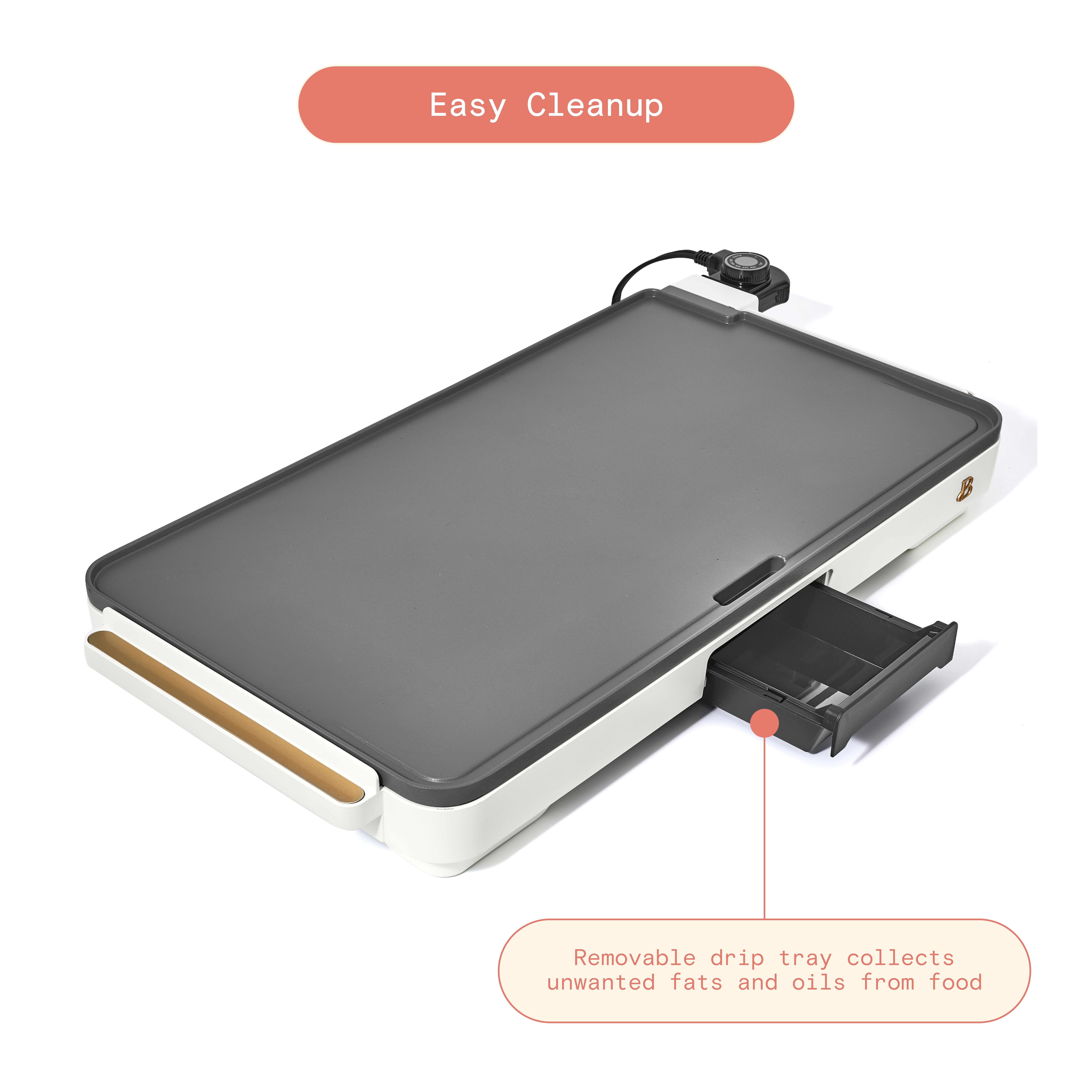
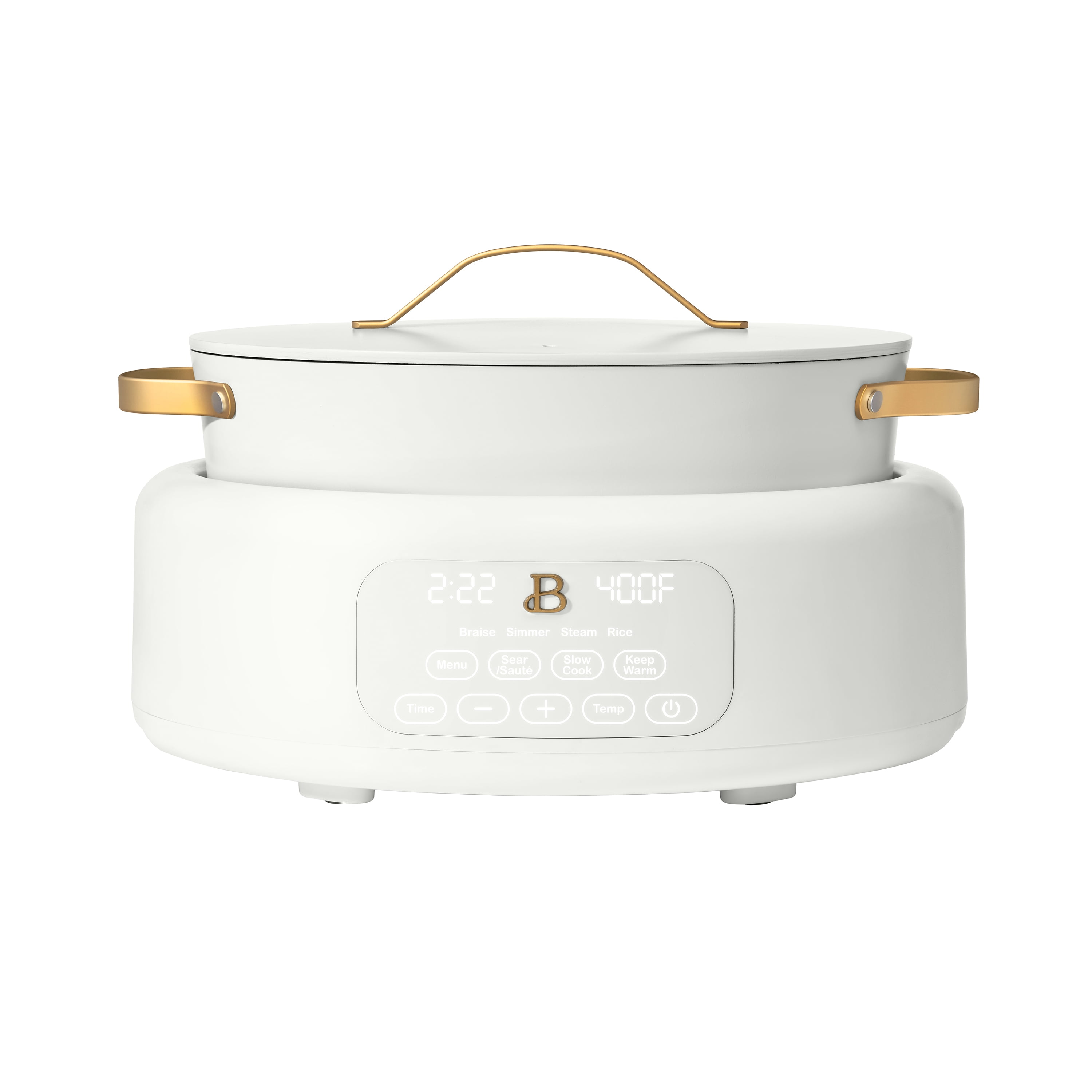
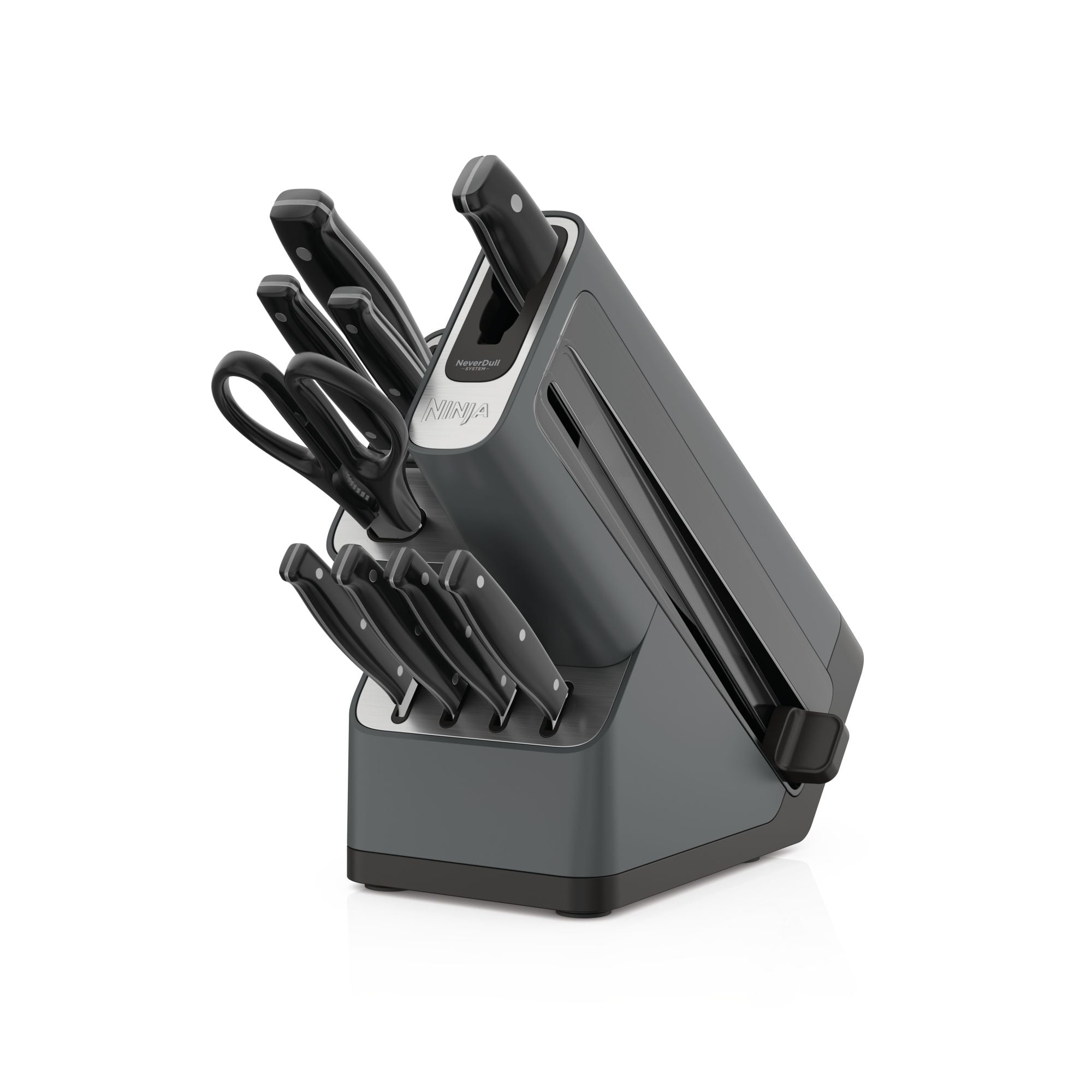
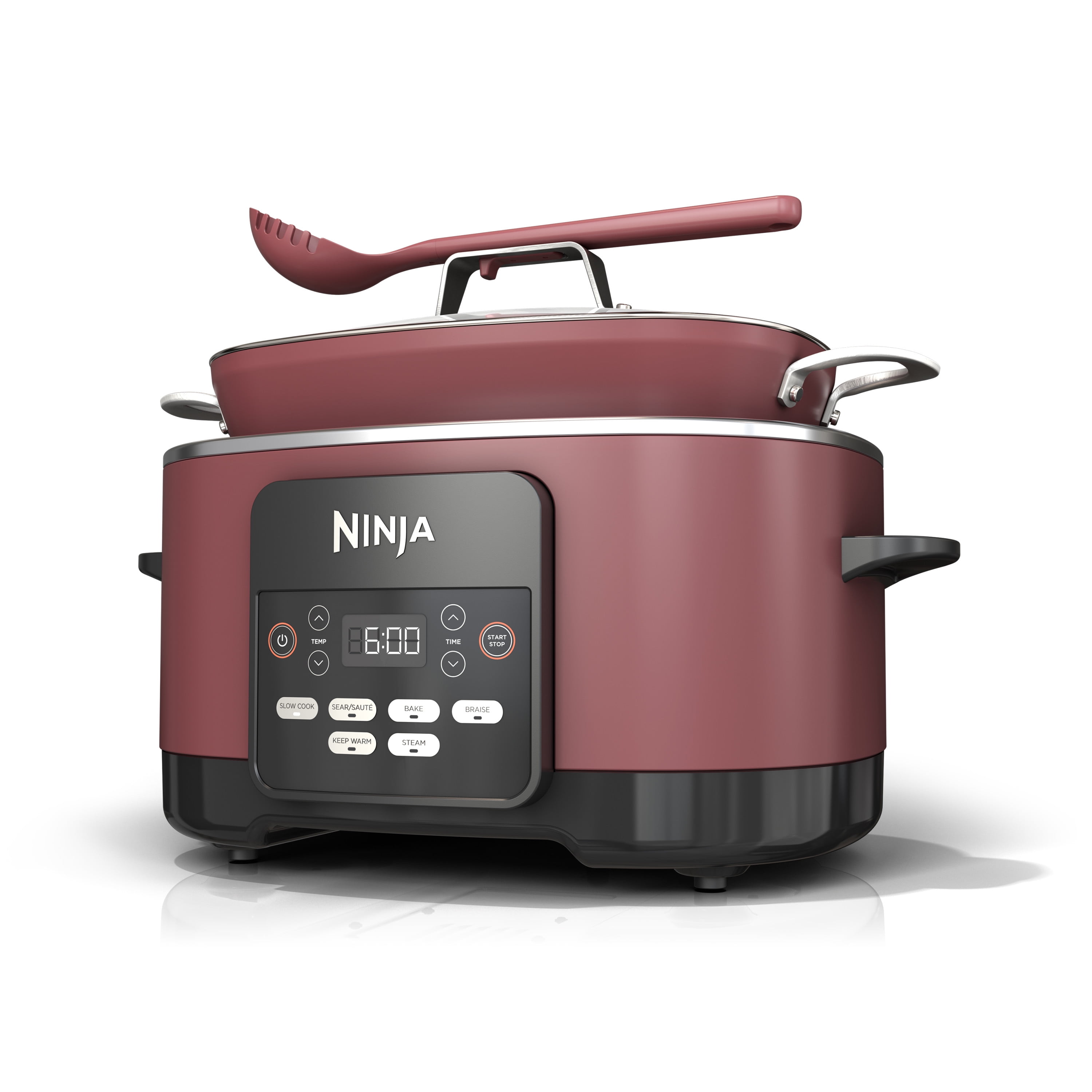
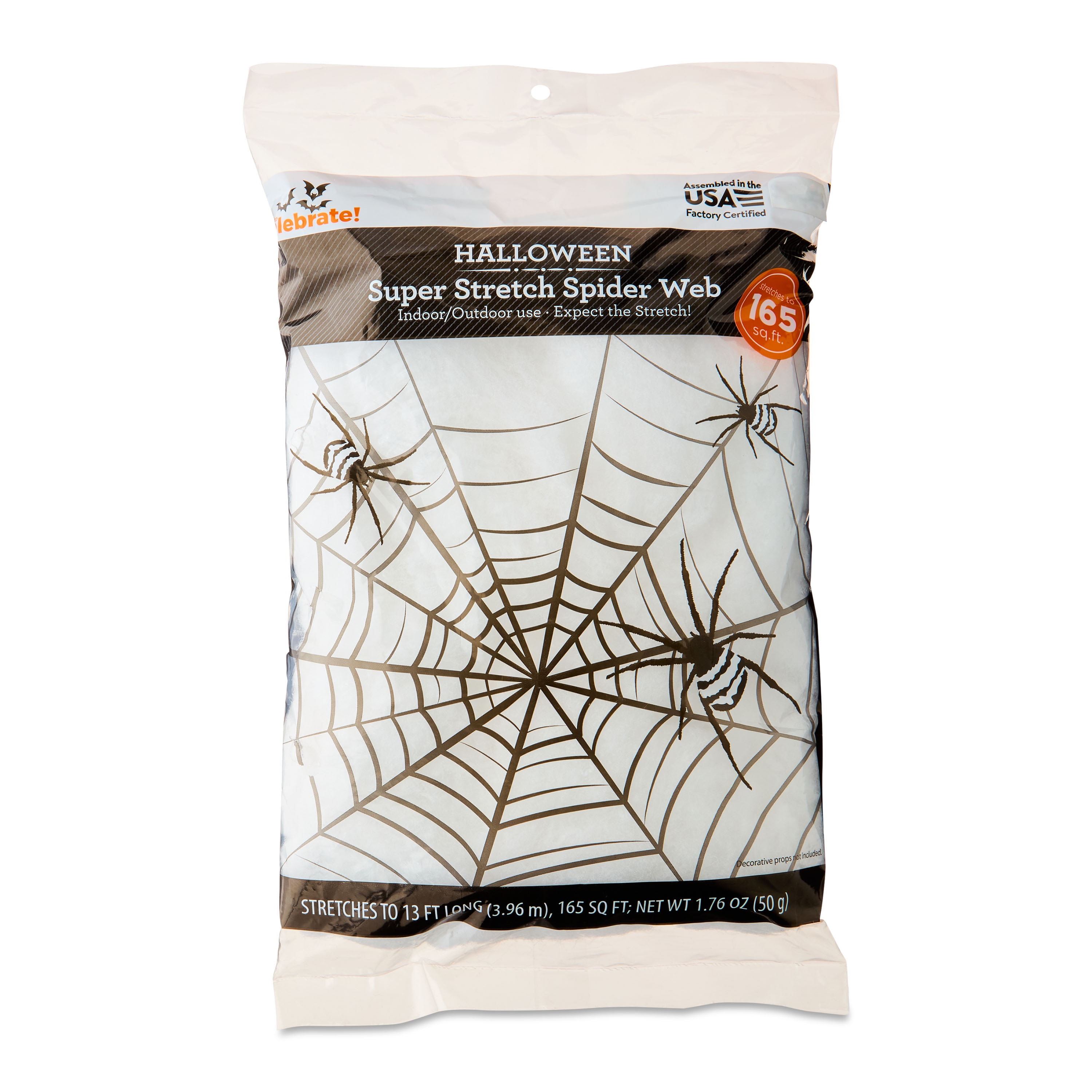
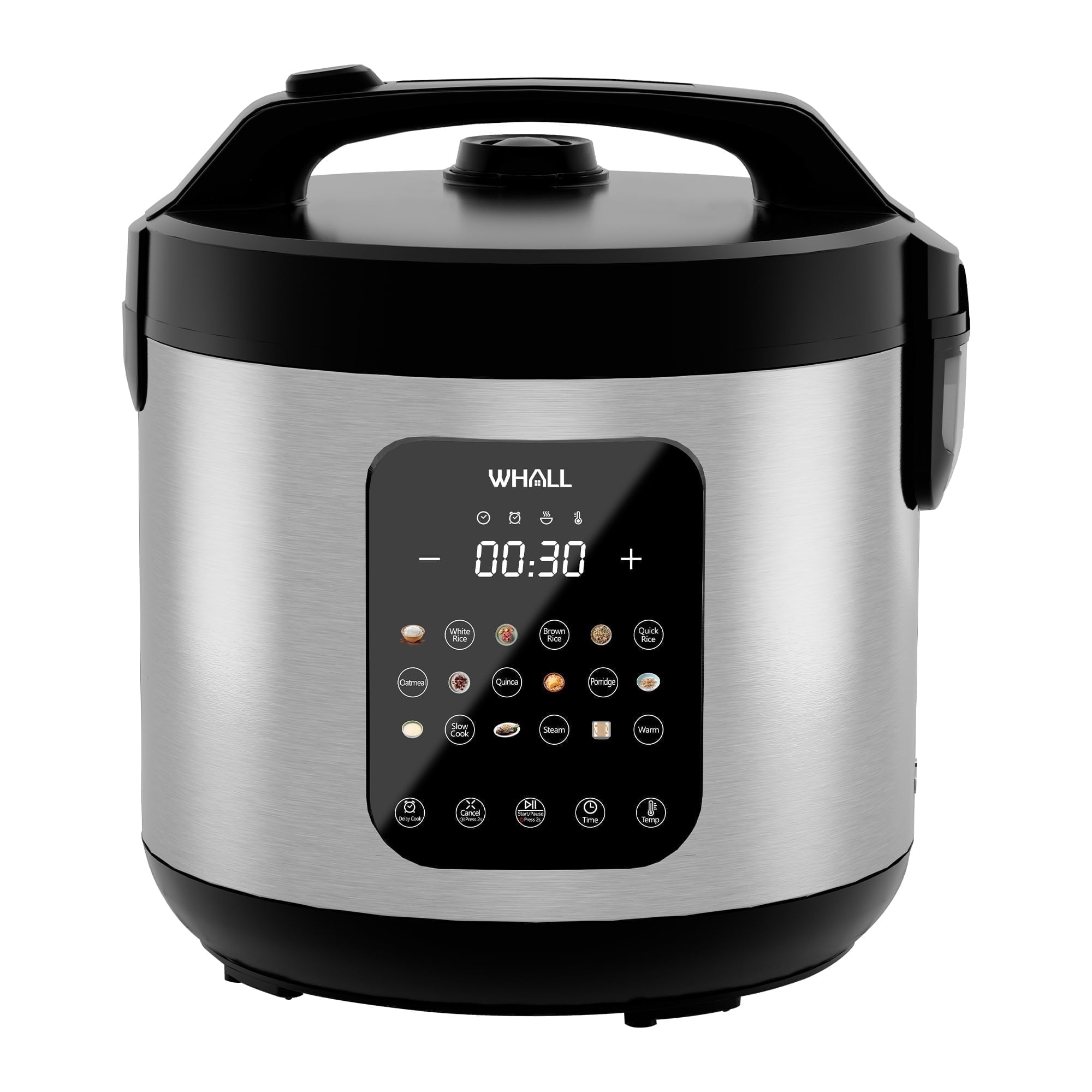
- Dipped in olive oil and balsamic vinegar
- Sliced for paninis or hearty sandwiches
- Toasted and topped with garlic butter
- Cubed into croutons or added to salads
- Used for breakfast casseroles or egg strata
Leftovers? They make excellent crostini.

Homemade Ciabatta Bread
Prep Time: 13 hours (includes fermentation and resting)
Cook Time: 25 minutes
Total Time: About 14 hours
Yield: 8 rolls or 2 small loaves
Ingredients
For the biga (day 1):
- 1 cup (130g) bread flour
- 1/2 cup (120ml) room-temperature water
- 1/8 teaspoon instant or active dry yeast
For the dough (day 2):
- 2 1/2 cups (325g) bread flour
- 1 cup (240ml) warm water
- 1 teaspoon instant or active dry yeast
- 1 1/2 teaspoons salt
- Olive oil, for handling
Instructions
Day 1: Make the Biga
- In a bowl, mix the flour and yeast. Add water and stir until a sticky dough forms.
- Cover tightly with plastic wrap and let sit at room temperature for 8 to 24 hours.
Day 2: Make the Dough
- In a large bowl, mix the warm water and yeast. Stir until dissolved, then add the biga, flour, and salt.
- Stir until combined. The dough will be very wet and shaggy—this is normal.
- Cover the bowl and let rest for 30 minutes.
Stretch and Fold
- Grease your hands or a spatula with olive oil. Gently stretch one side of the dough and fold it over.
- Rotate the bowl and repeat until you’ve done 8 folds.
- Let rest for 30 minutes. Repeat the stretch-and-fold process 3 more times, with 30-minute rests in between.
- After the final fold, cover and refrigerate for 1 hour (or up to 24 hours).
Shape and Bake
- Generously flour your work surface. Scrape the dough out gently.
- Pat it into a 10×7-inch rectangle. Cut into 8 rolls or 2 loaves using a floured bench scraper.
- Transfer to floured parchment. Cover with a towel and let rise for 1 hour.
Bake With Steam
- Preheat your oven to 450°F. Place a rimmed baking sheet on the center rack and a second empty pan on the bottom rack.
- Just before baking, pour ice cubes into the lower pan to create steam.
- Carefully slide the parchment with the dough onto the hot sheet in the oven.
- Bake for 20–25 minutes, or until golden brown and the bread sounds hollow when tapped.
- Let cool for at least 45 minutes before slicing.
Final Thoughts
This homemade ciabatta is the kind of bread that’s rustic, honest, and deeply satisfying. It doesn’t require special techniques, just a little time and care. Whether you’re serving it with soup, slicing it for sandwiches, or just tearing off a piece to enjoy warm, it’s the kind of loaf that makes you proud to say, “I made this.”


